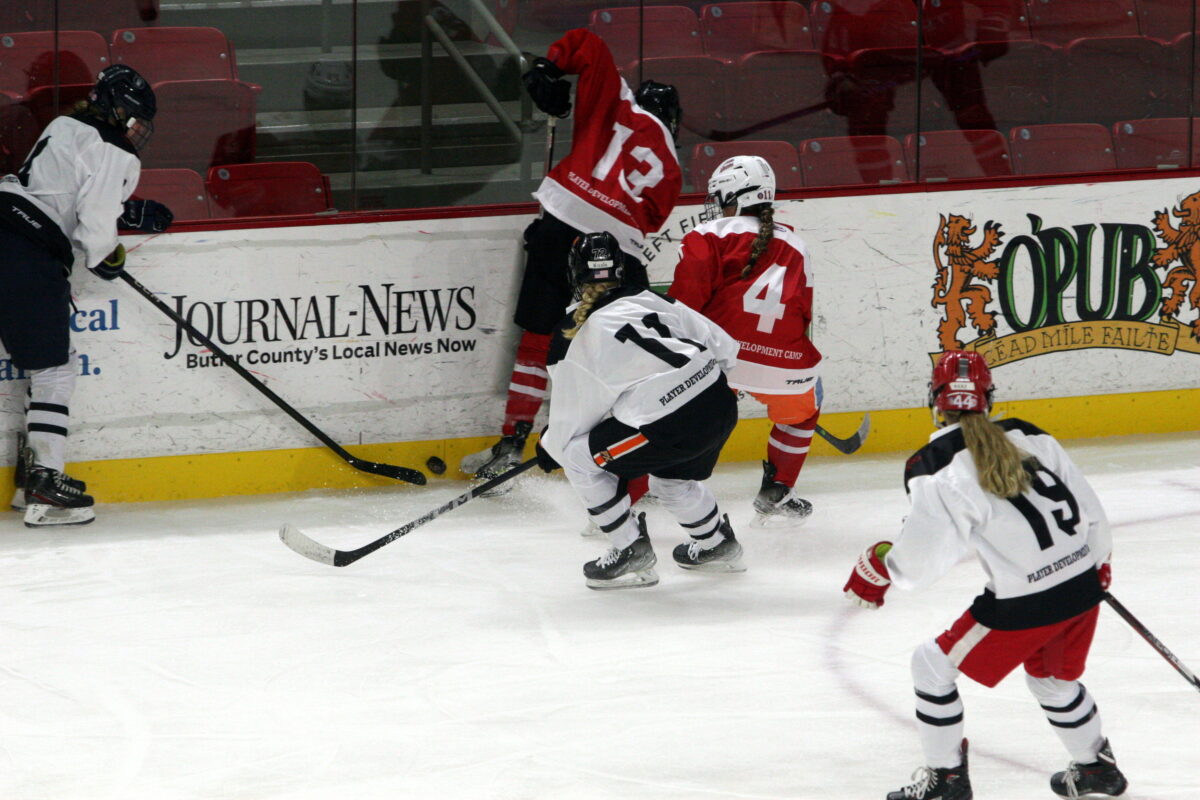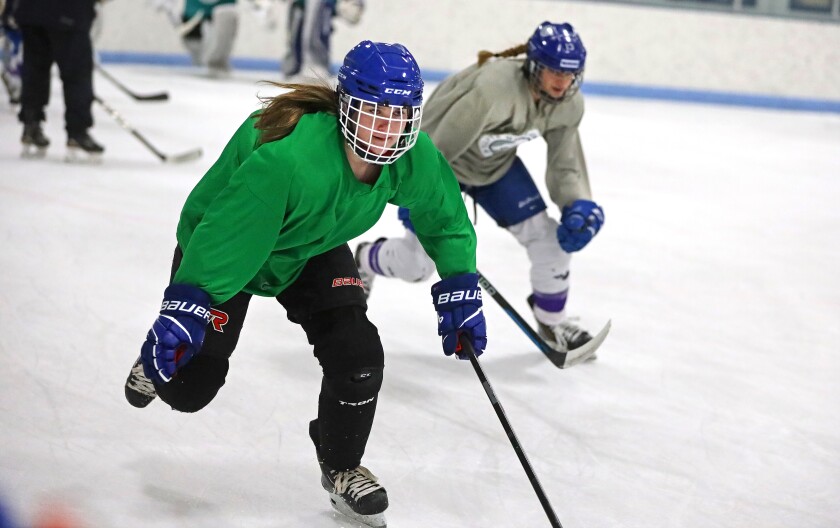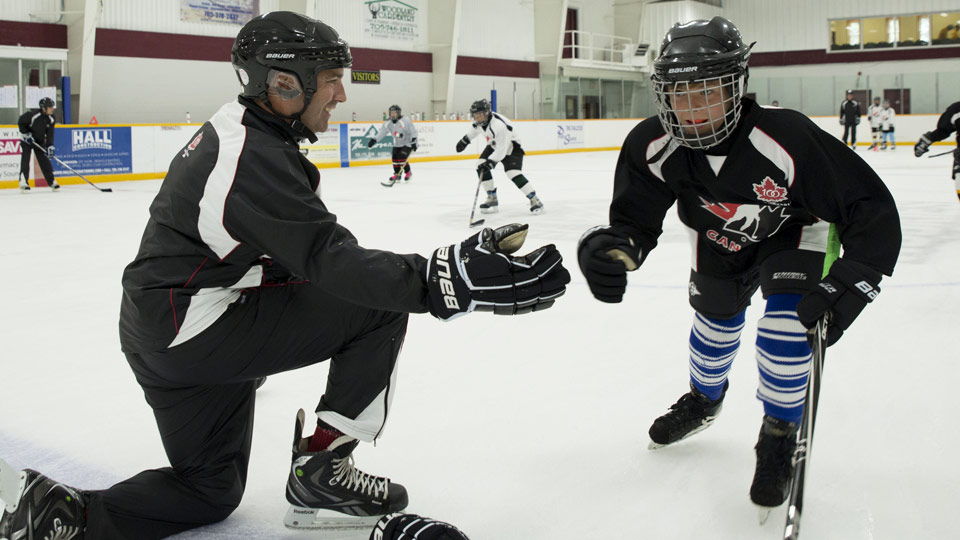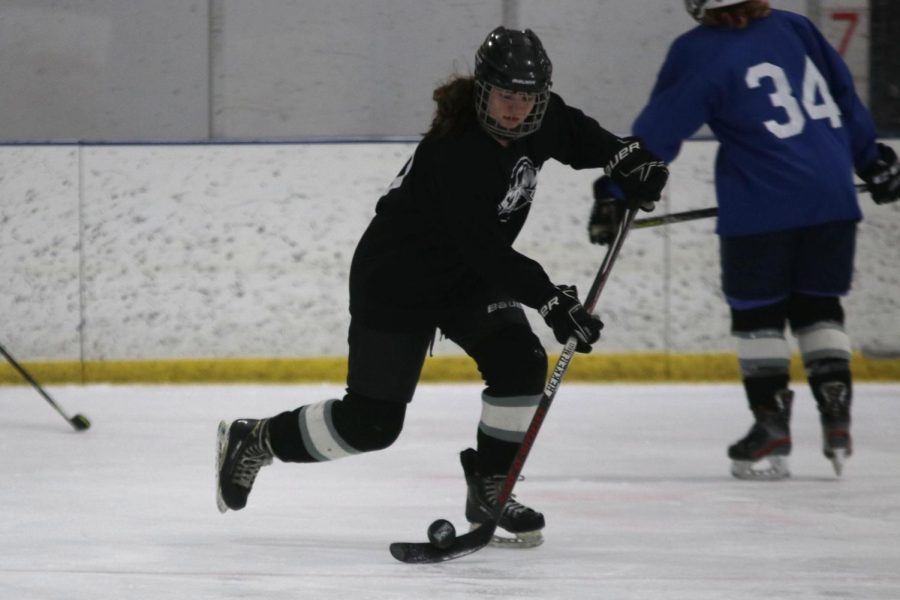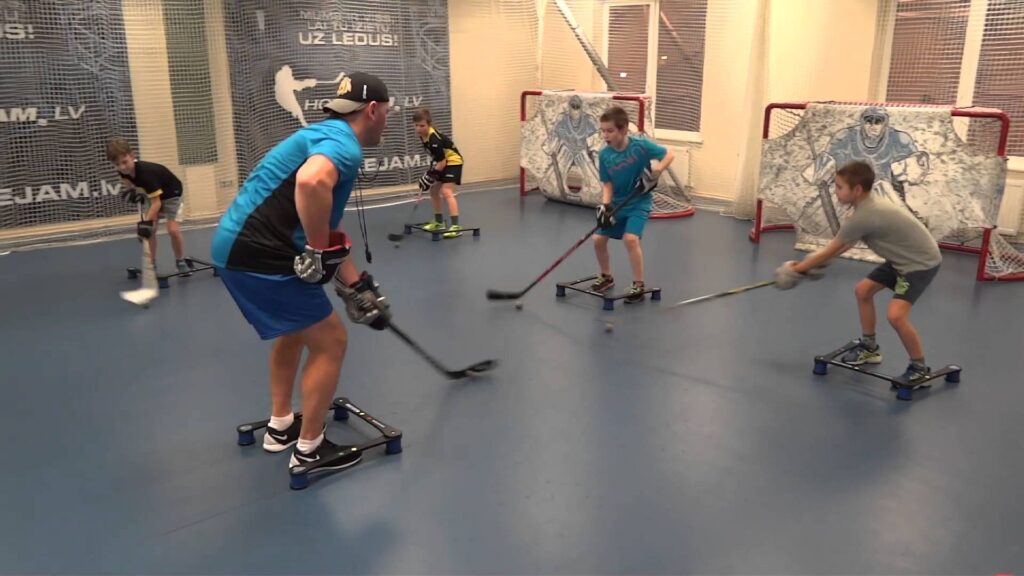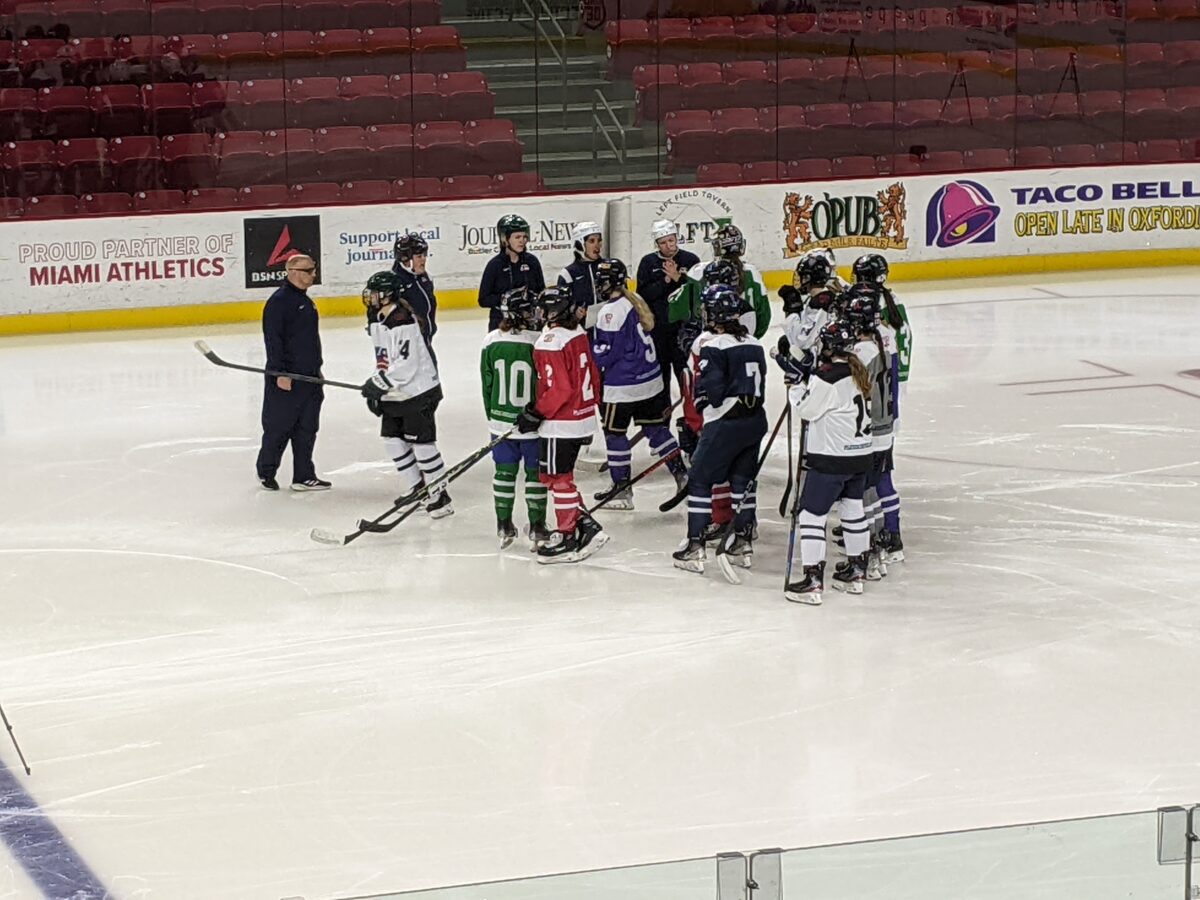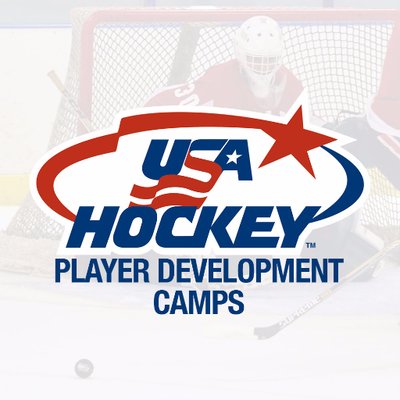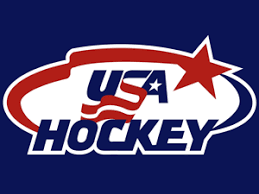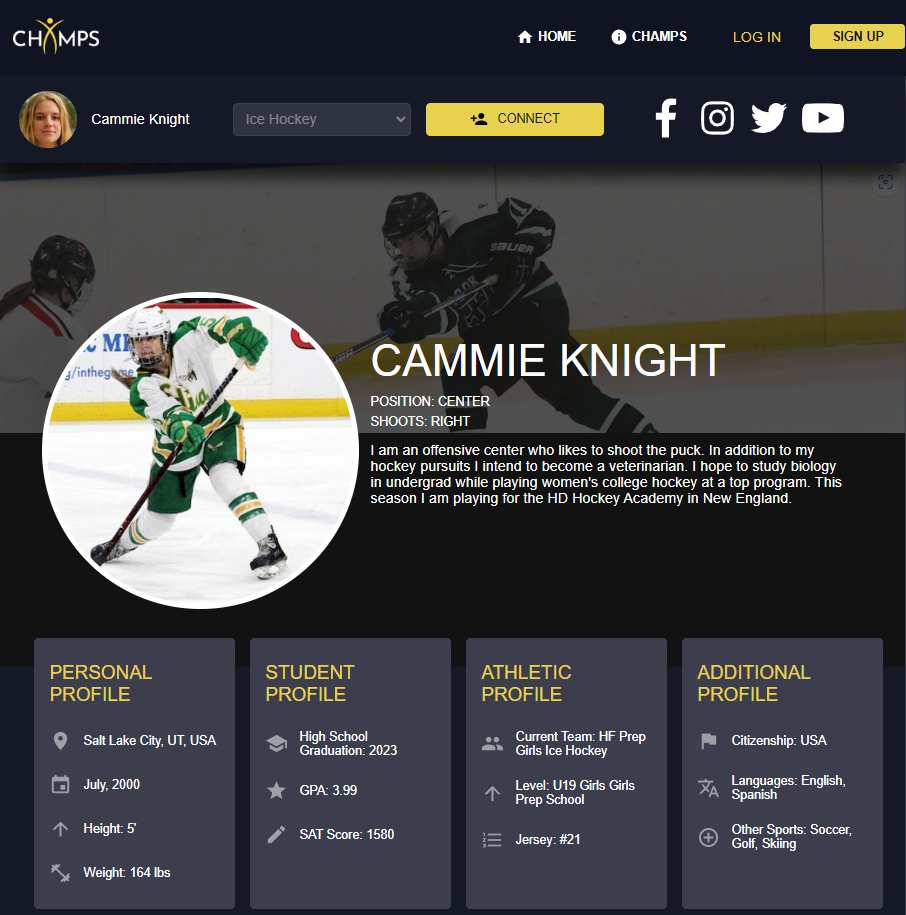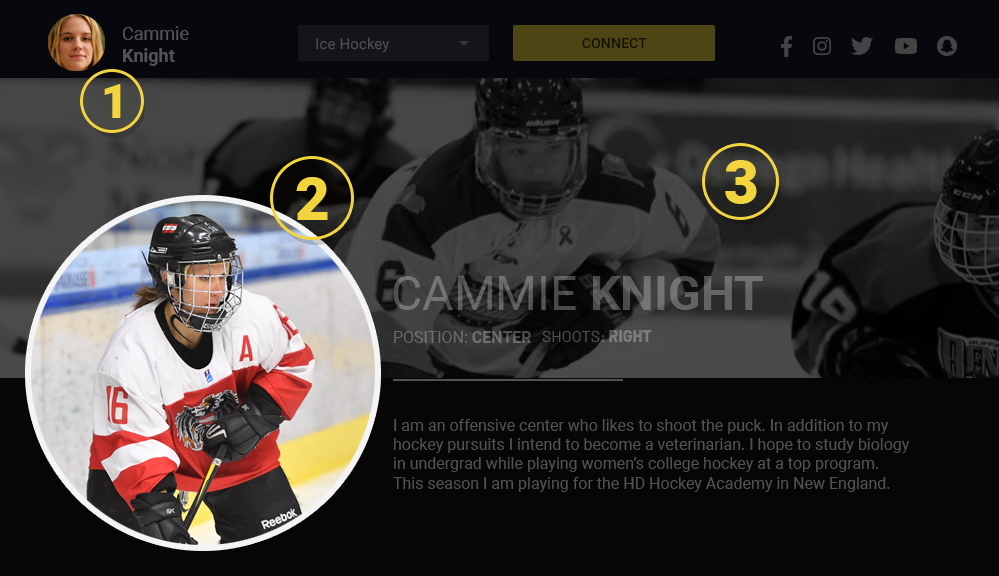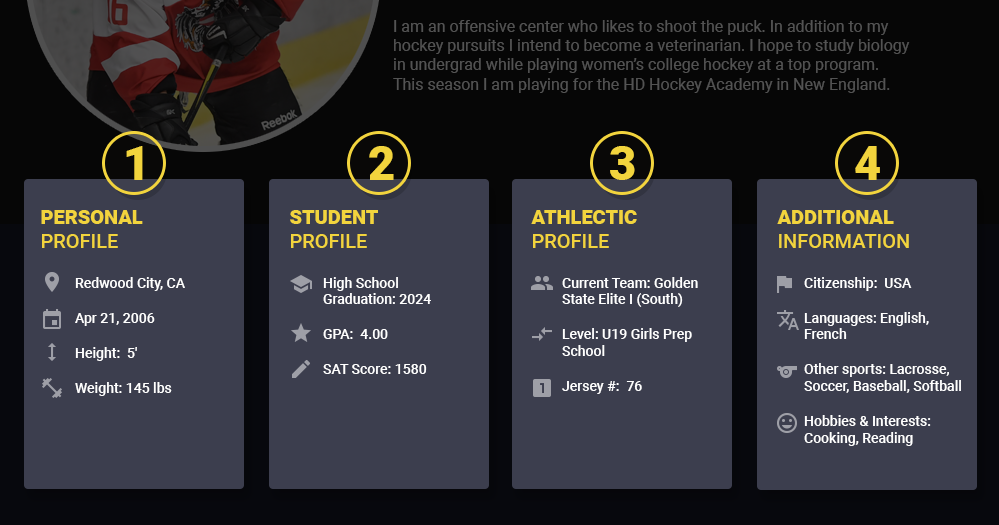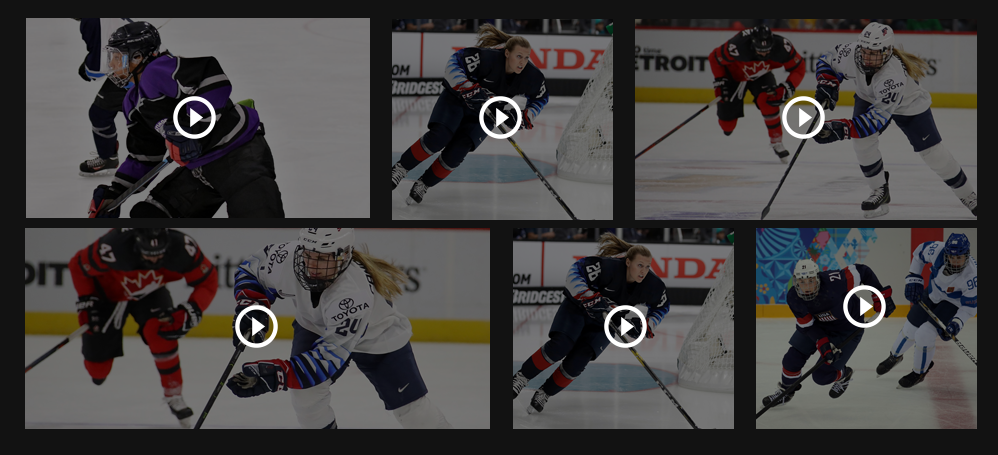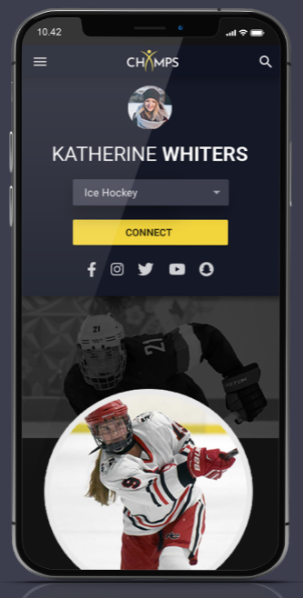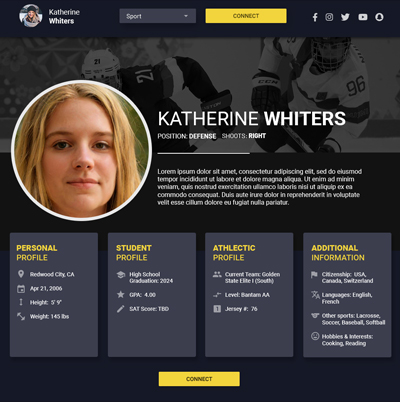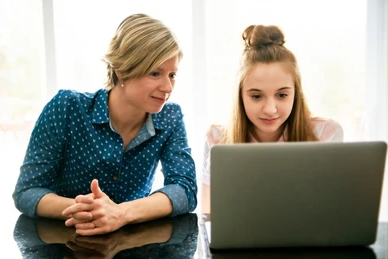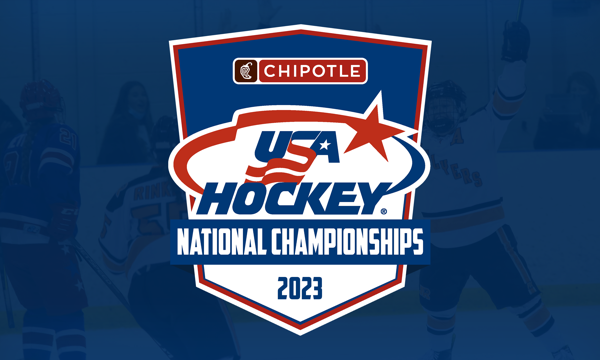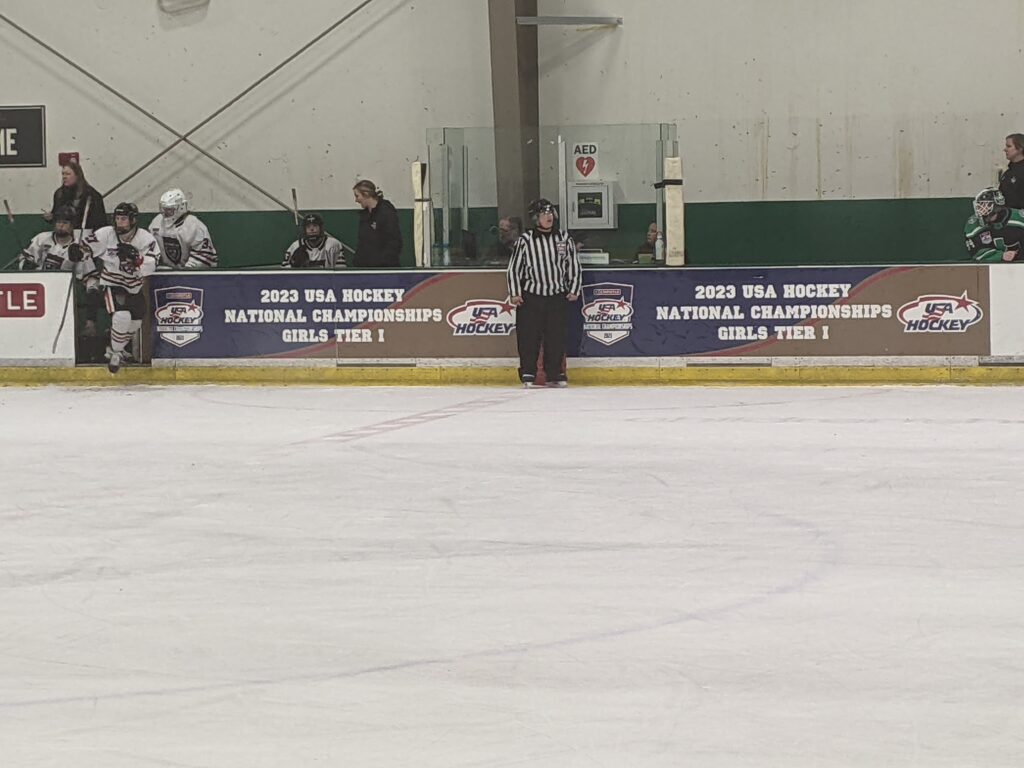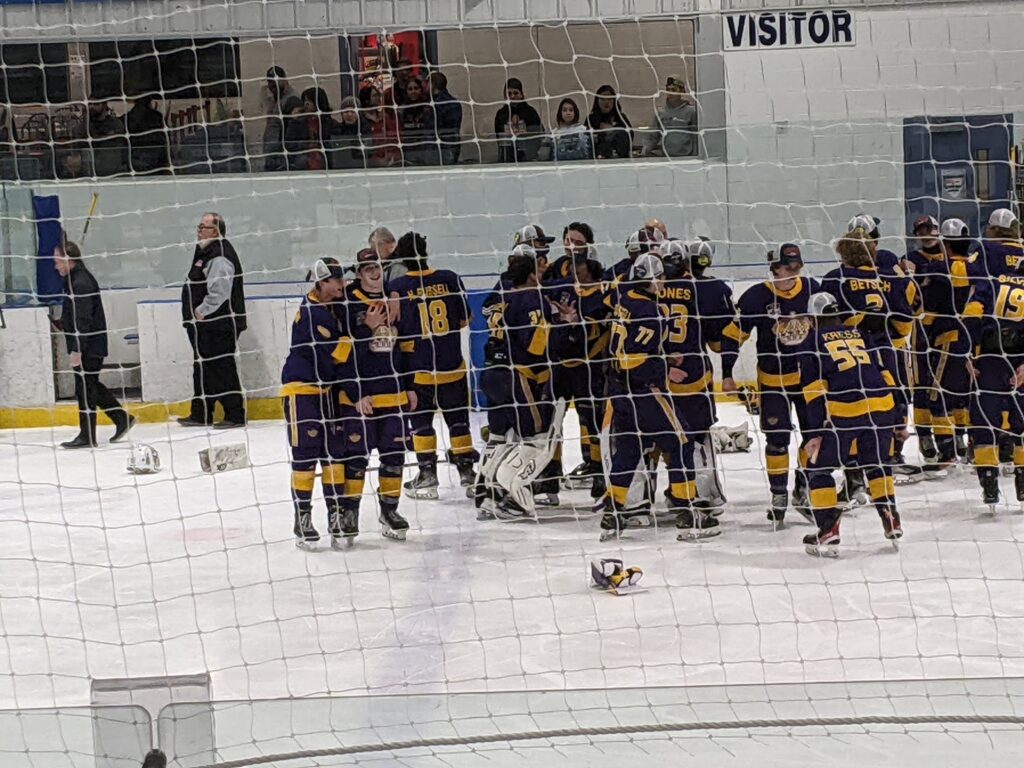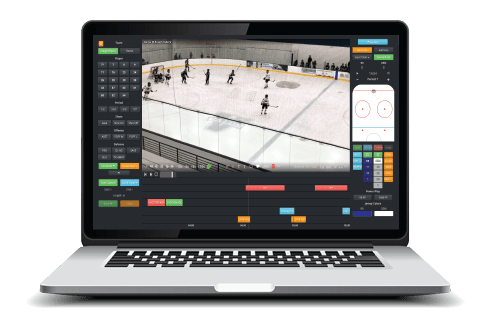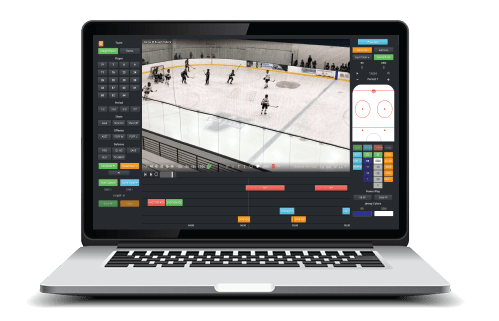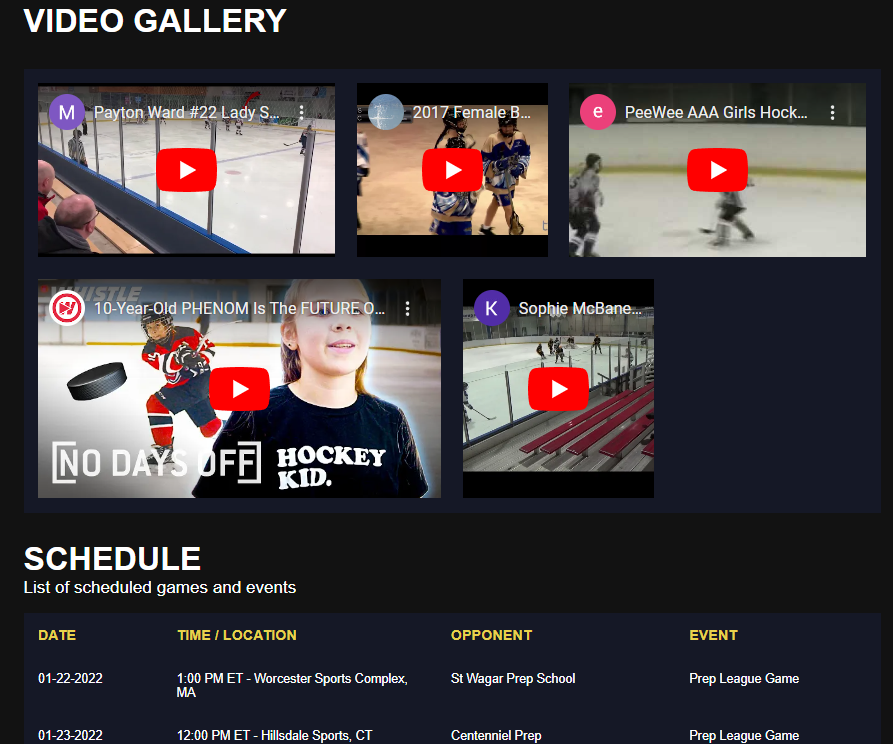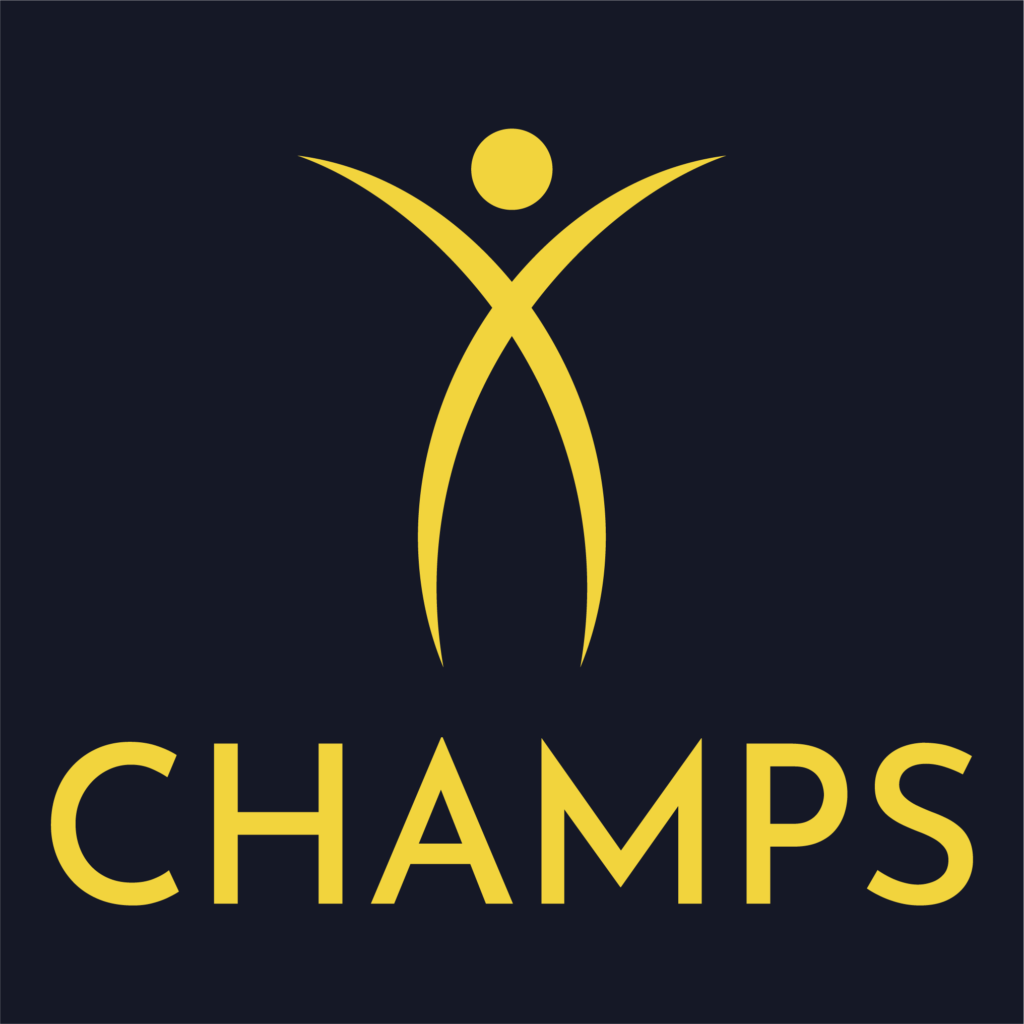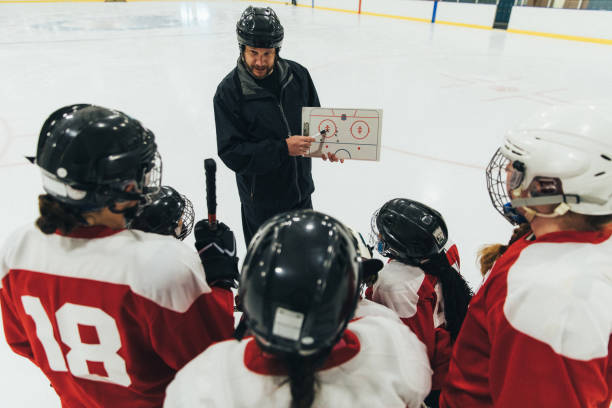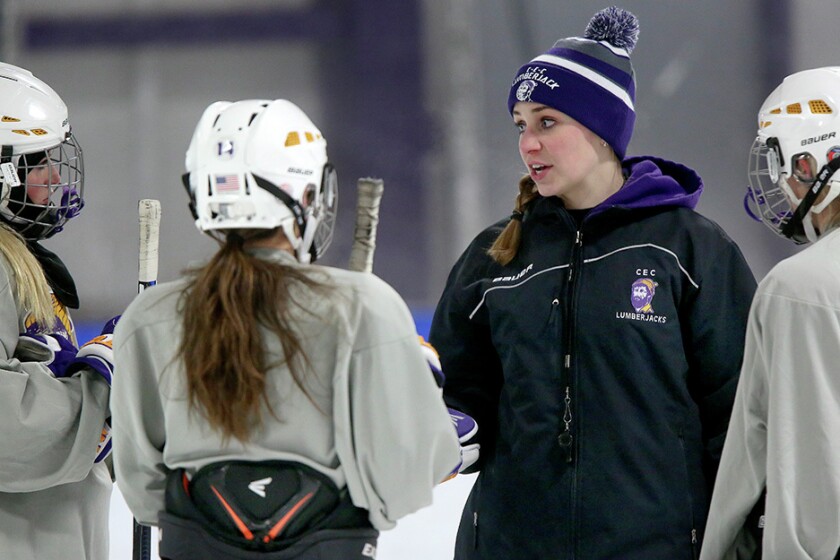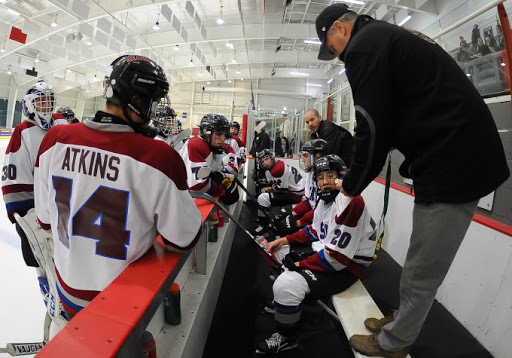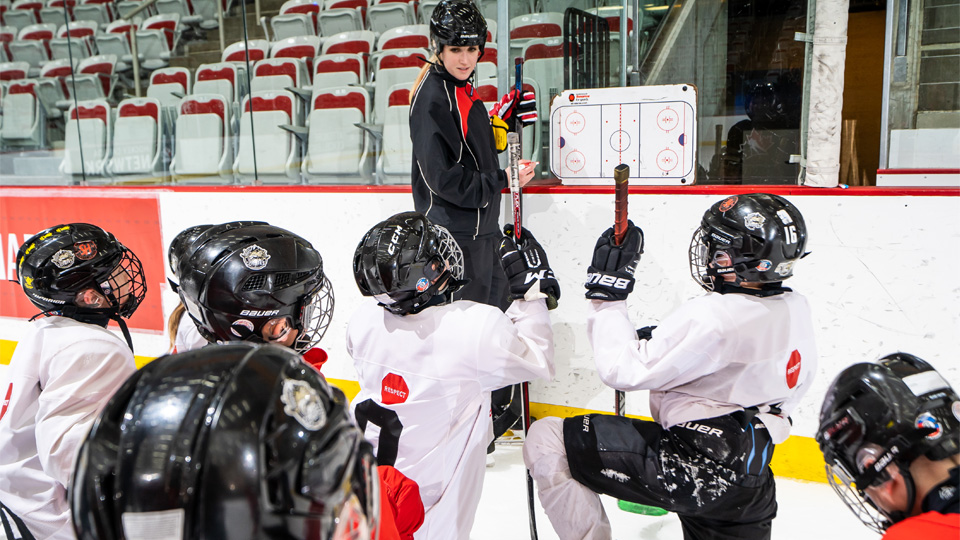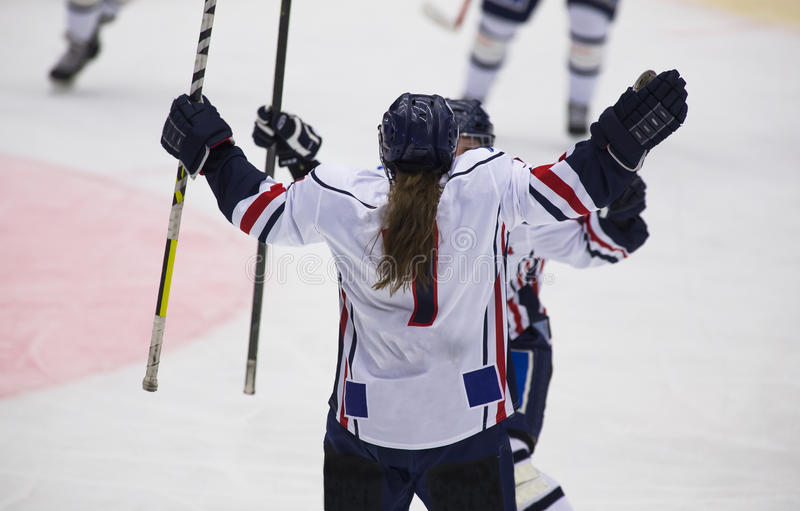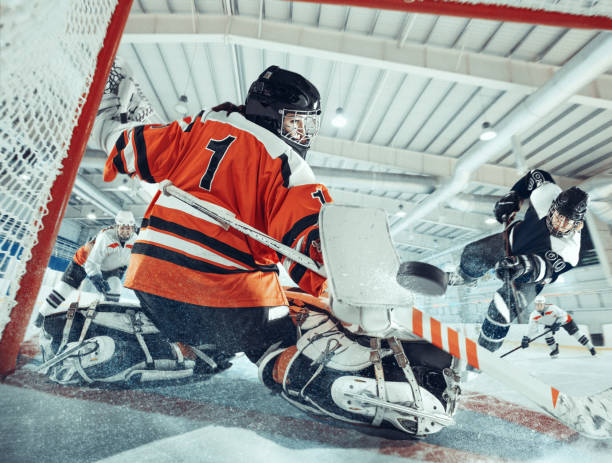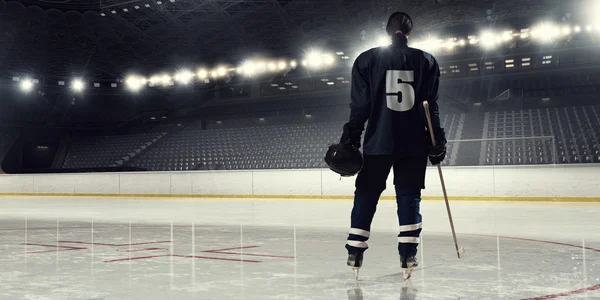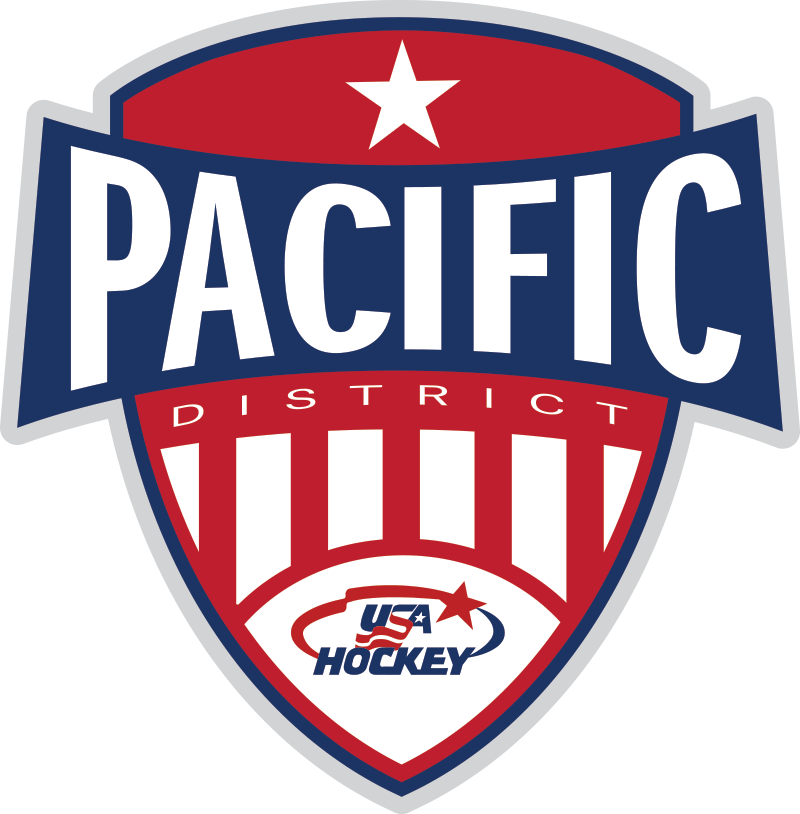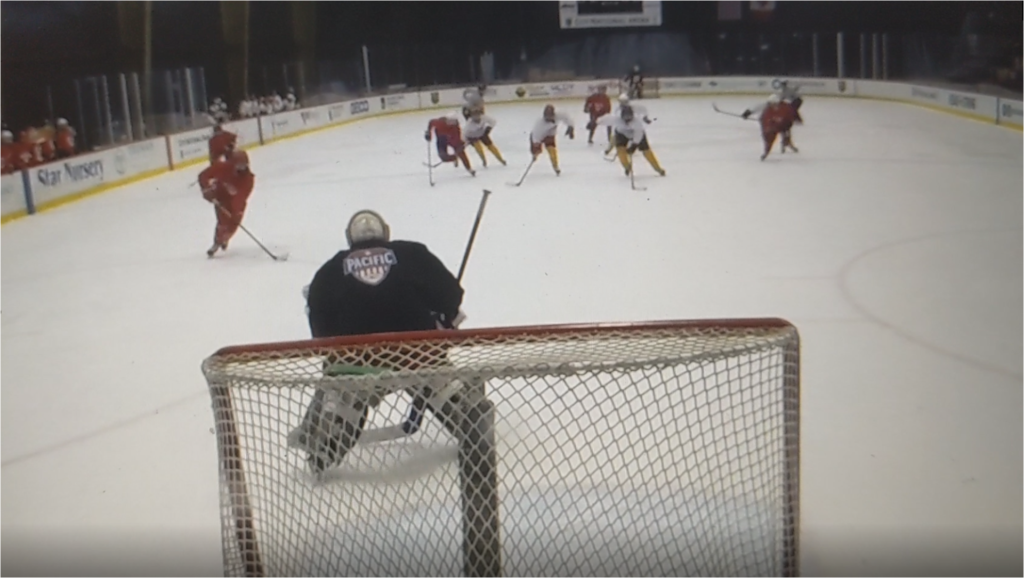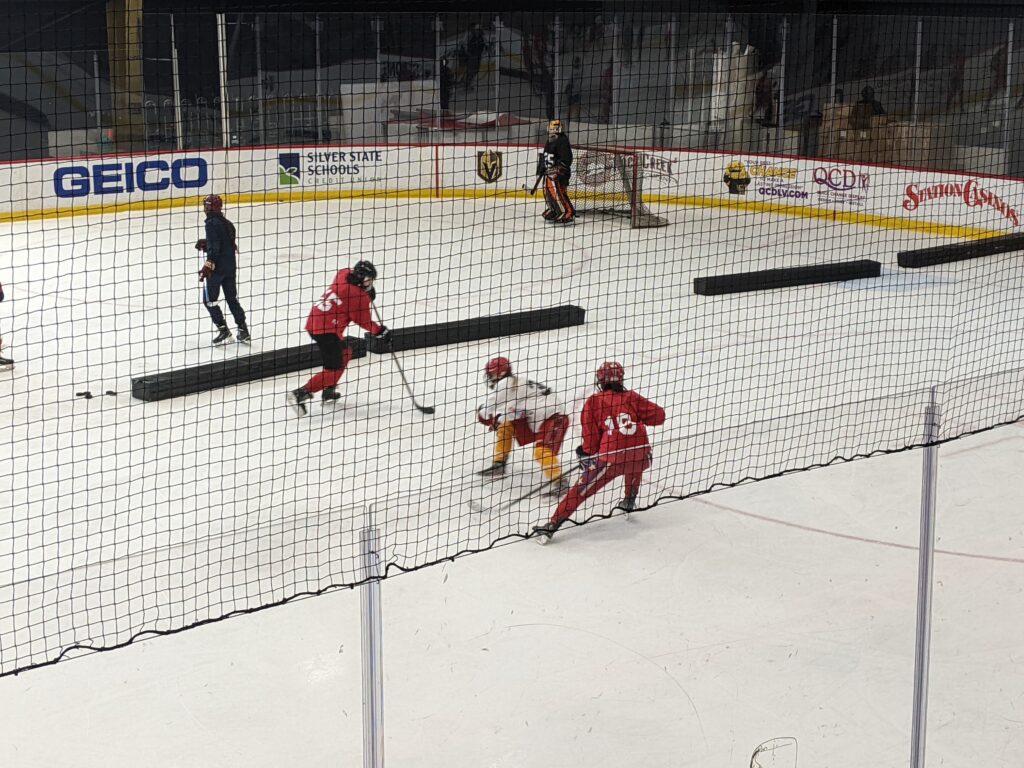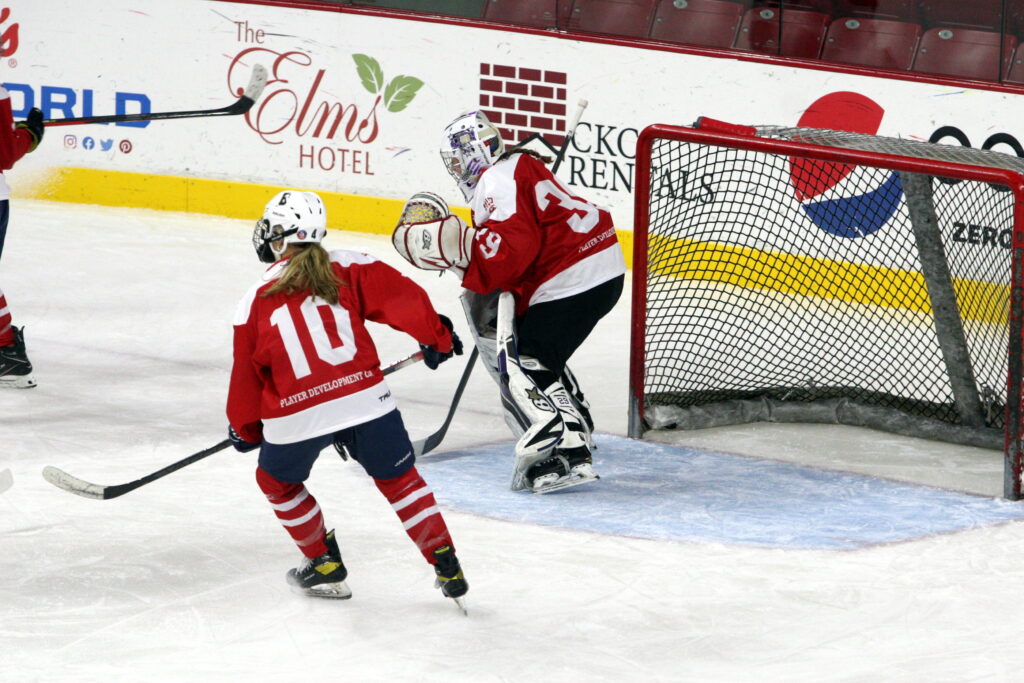
This is the second post about the 2023 USA Hockey Girls 16/17 Development Camp
You can read the first post here
I wanted to get this our right after the camp, but didn’t have time before taking a week-long vacation. But here are some additional thoughts that I compiled during my time in Oxford:
- The operational excellence of the camp was consistent the entire week – kudos to the organizers for such a well-run event. Especially when compared to many other camps, showcases and tryouts I have seen on both the girls and boys side of hockey
- Unlike the previous camp I attended, I now appreciate all the different paths to hockey excellence there are in the U.S. I could now see where all players came from that I learned about over the last couple of years – hockey academy, top clubs, prep and Minnesota
- The last two days of games brought a whole slew of additional DI and DIII coaches to Oxford. I personally saw coaches from just about every school (over 30 DI teams) – however there were some top programs where I didn’t see a representative (e.g. Wisconsin, UMD, Colgate, Northeastern) and several NEWHA schools (note: they may have been there, but I just didn’t see them).
- One DI coach did tell me that some of the players looked tired for the fourth game – while another thought there was better team play the last two games compared to the first two games.
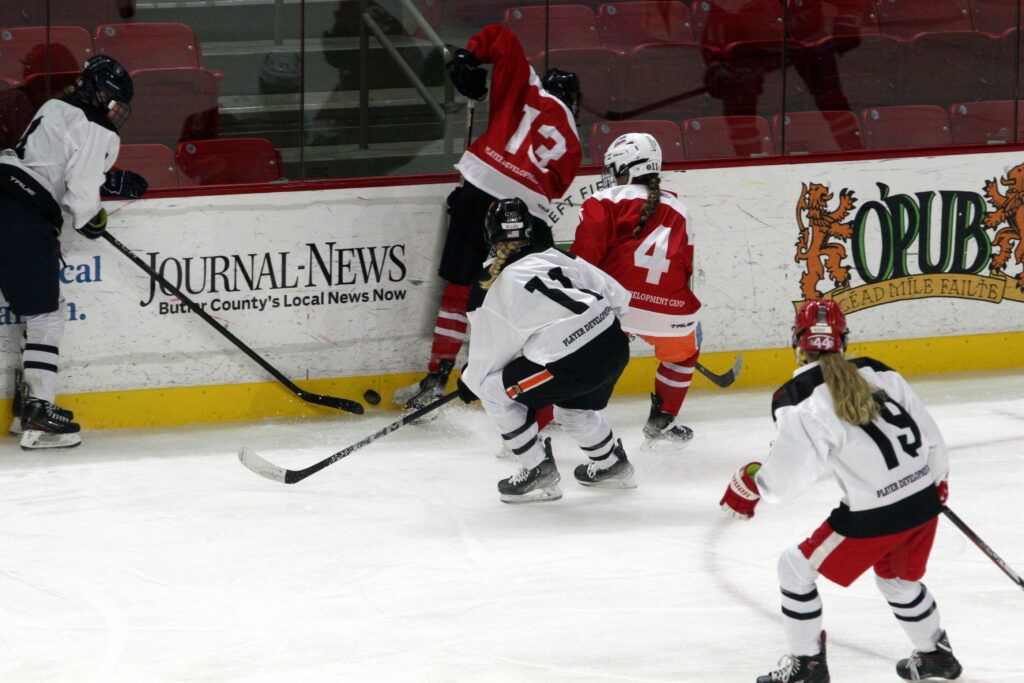
- 7 players who were at 16/17 camp this year were at 18s camp last year. 1G , 2D & 4Fs. Two of them were players who were selected from the 2022 16/17’s Camp to go the 2022 18’s Camp – the other 5 went direct to 18s last year.
- Here is the list of the 13 players selected to go to the 18’s camp
- 5 of those 7 2022 18’s Camp players were selected to return to the 18’s camp this year from the 16/17s Camp
- In general, I noticed a big difference between the average 2006 and average 2007 player. seemed to be weaker. That one extra year of development is noticeable not just size, but hockey IQ
- Interesting stat – the Girls 16/17 Camp averaged 4.1 goals per game (combined both teams) while the Boys 17 Camp averaged 10.0 goals/gm and the Boys 16 Camp averaged 8.6 goals per game. Significantly less scoring on the girls side.
- Unofficially, I estimated that about 80% of point shots were blocked/never reached the net – surprisingly low for this level of play
- It seems that just watching games isn’t sufficient to judge players – while important – there really are a lot of nuances you can get from practices that you can’t see from a live stream that likely factored into players selected for the 18s camp
- Depending on position and length of shifts, most players only had between 40 and 50 shifts to demonstrate their abilities over the course of 4 games. Which isn’t a lot, all things considered.
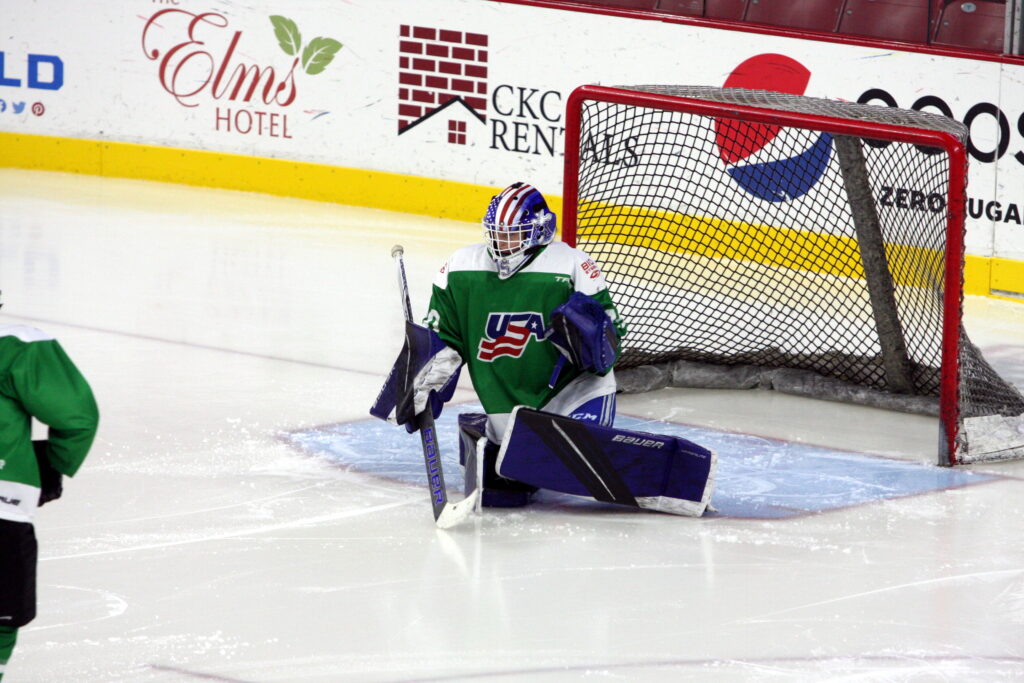
- Based on talking with multiple parents and players there was certainly a mix of perspectives on the selections for 18’s camp. I will hold off judgment on skaters until I spend more time reviewing video of the players selected in comparison to other top players who were not selected. I do not feel qualified to analyze goalies, especially based on past conversations with expert goalie coaches – but I do know that you can’t just rely on game performance in goalie evaluations.
- I can’t include everything I want to discuss in this post, so I am going to publish additional posts sourced from the camp including:
- A candid conversation with a DI coach on their detailed recruiting process for their 2025 recruiting class
- Applying some analytics to the players selected from the 16/17 camp for the 18’s Girls Camp
- My thoughts on the 16/17 Camp feedback process – which is dependent on receiving the official player feedback report via snail mail expected sometime this week.
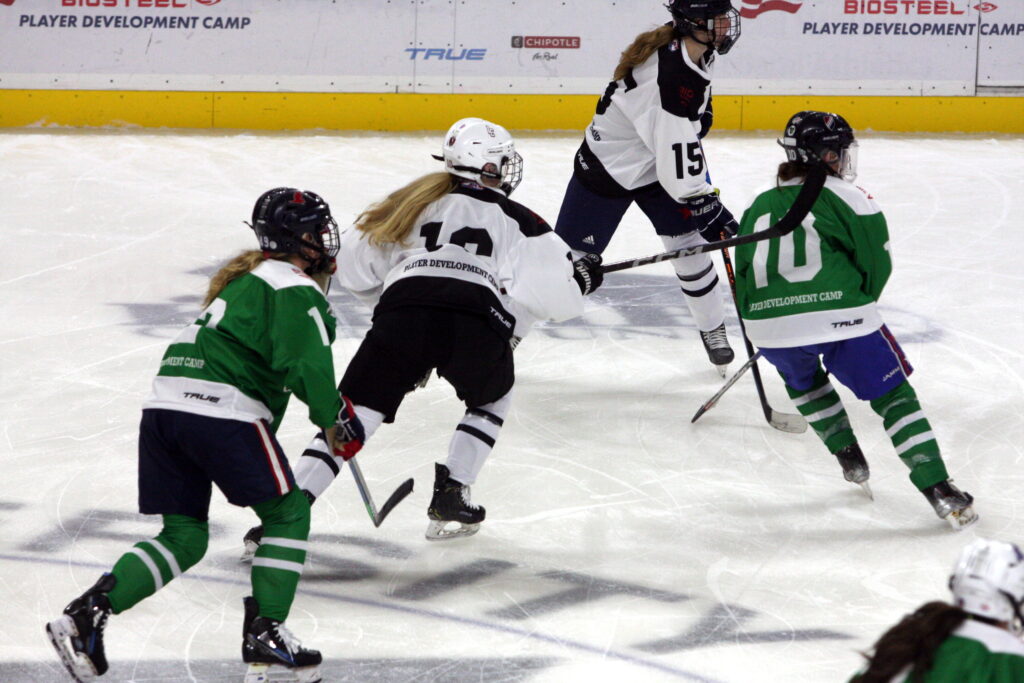
Next:
Analyzing the USA Hockey Girls 16/17 Camp Defense Selections for the U18 Camp

